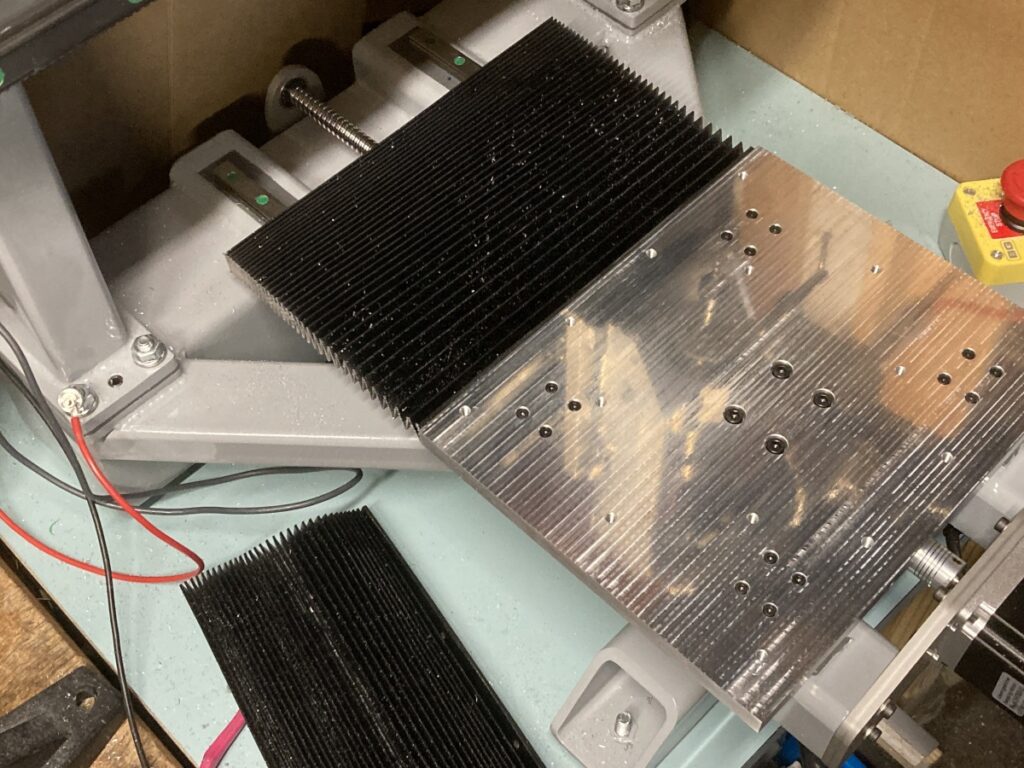Ok, I will row back a bit on the “it’s a router” statement. That’s it primary purpose initially, but I’m sure before long I’ll be wanting to do more ambitious things with it.
I was reading today about epoxy granite. It many ways that sounds ideal. But I think I have 1” of depth to play with.
I need to decide something!
The 1″ thickness is a limitation of that style of machine (where the bed has to span the length of the Y axis) and will ultimately limit the stiffness you can achieve. Stiffness goes up with Young’s modulus and the cube of thickness, but comes down with the cube of span for that configuration (hopefully your Y axis is the shorter travel).
I suspect that epoxy-granite has a lower Young’s modulus than aluminium (but don’t know of any definitive data – its properties will obviously be highly dependent on the raw materials and method of preparation).
Rather than trying to cast something, you may be able to obtain an off-cut of granite worktop in a suitable size. It would also be substantially flat. You may be able to drill it and glue in some threaded inserts for work holding – I’ve not tried it though. If you choose to laminate a layer of metal onto it, do both sides so that the structure remains symmetrical for better stability.
If you want to go the whole hog and cast a base, then consider reconfiguring the machine with twin Y axis drives so that everything can be mounted on top of a substantial base slab with (effectively) unlimited thickness.
I’d also echo Jason’s comments about the rest of the structure – every part of the machine needs to be stiff for the whole machine to be stiff.
Steve355.










